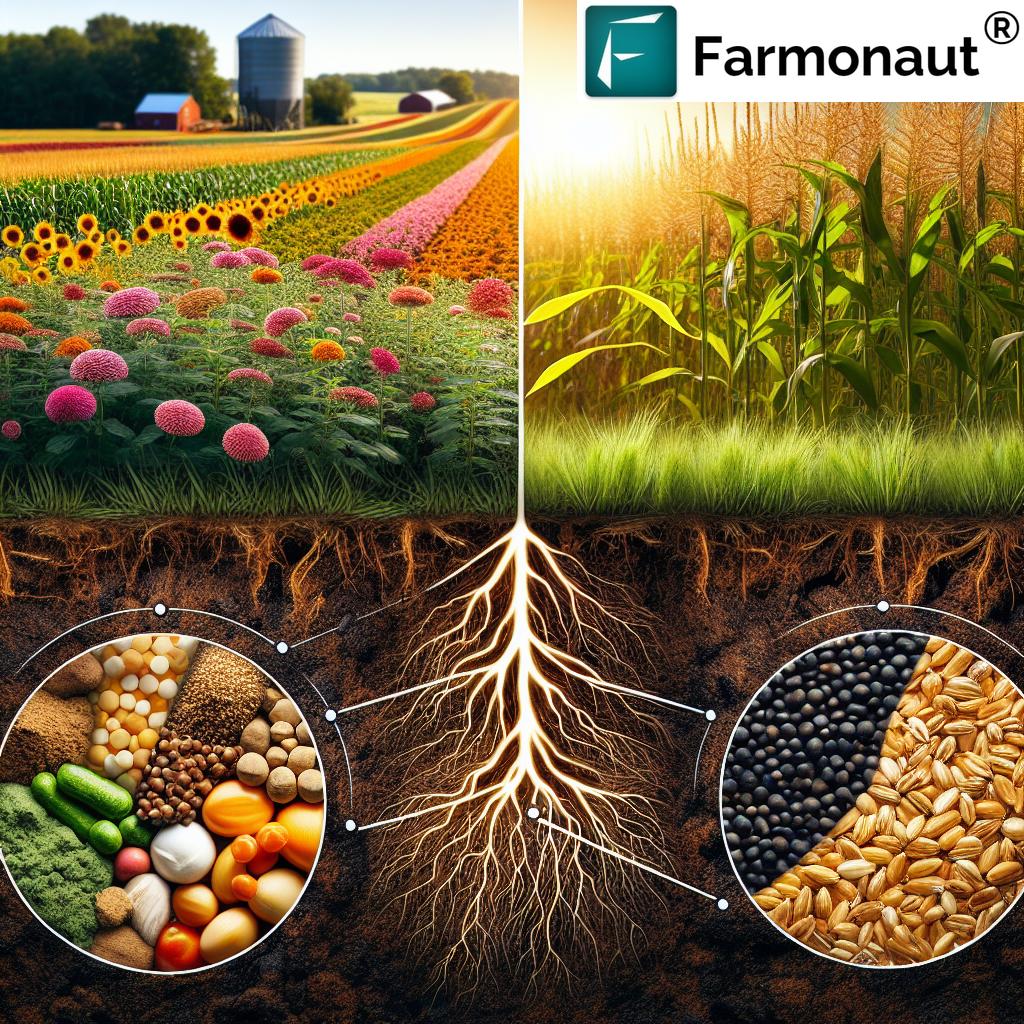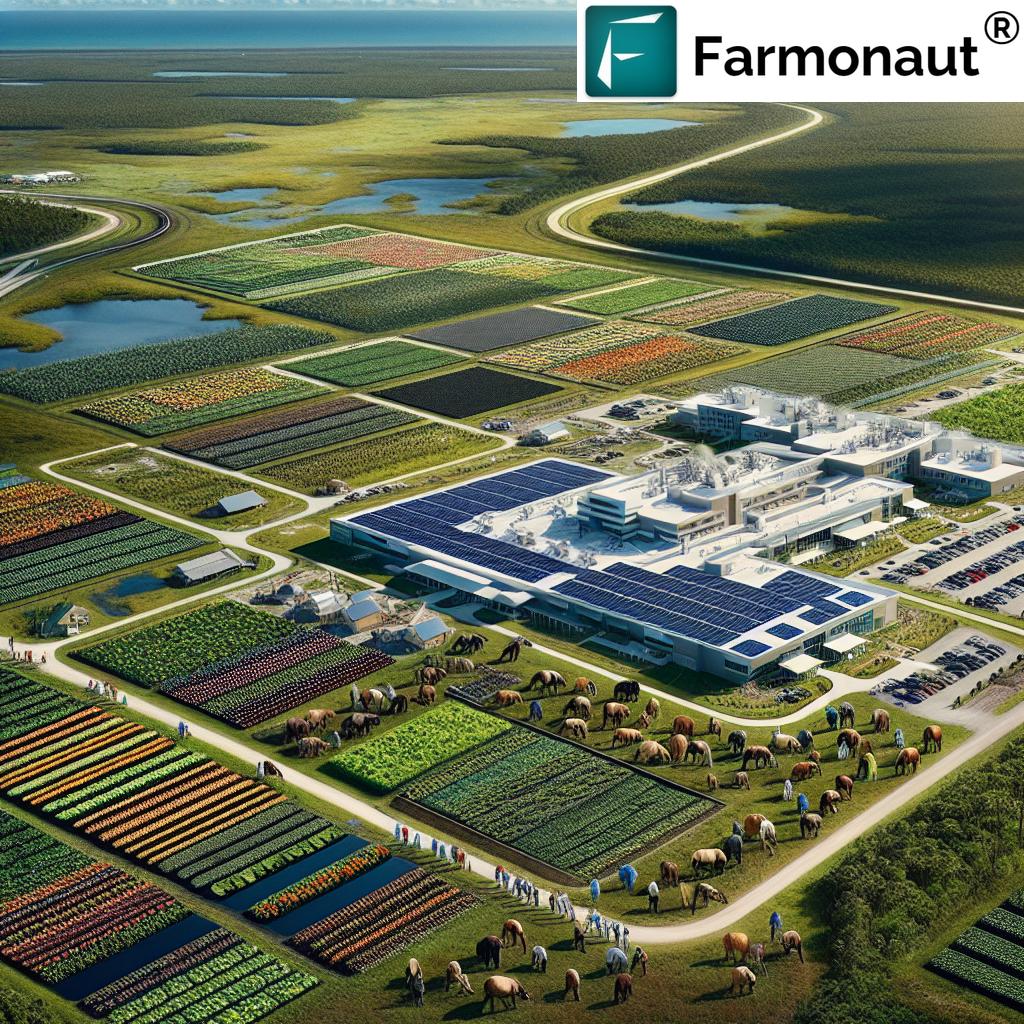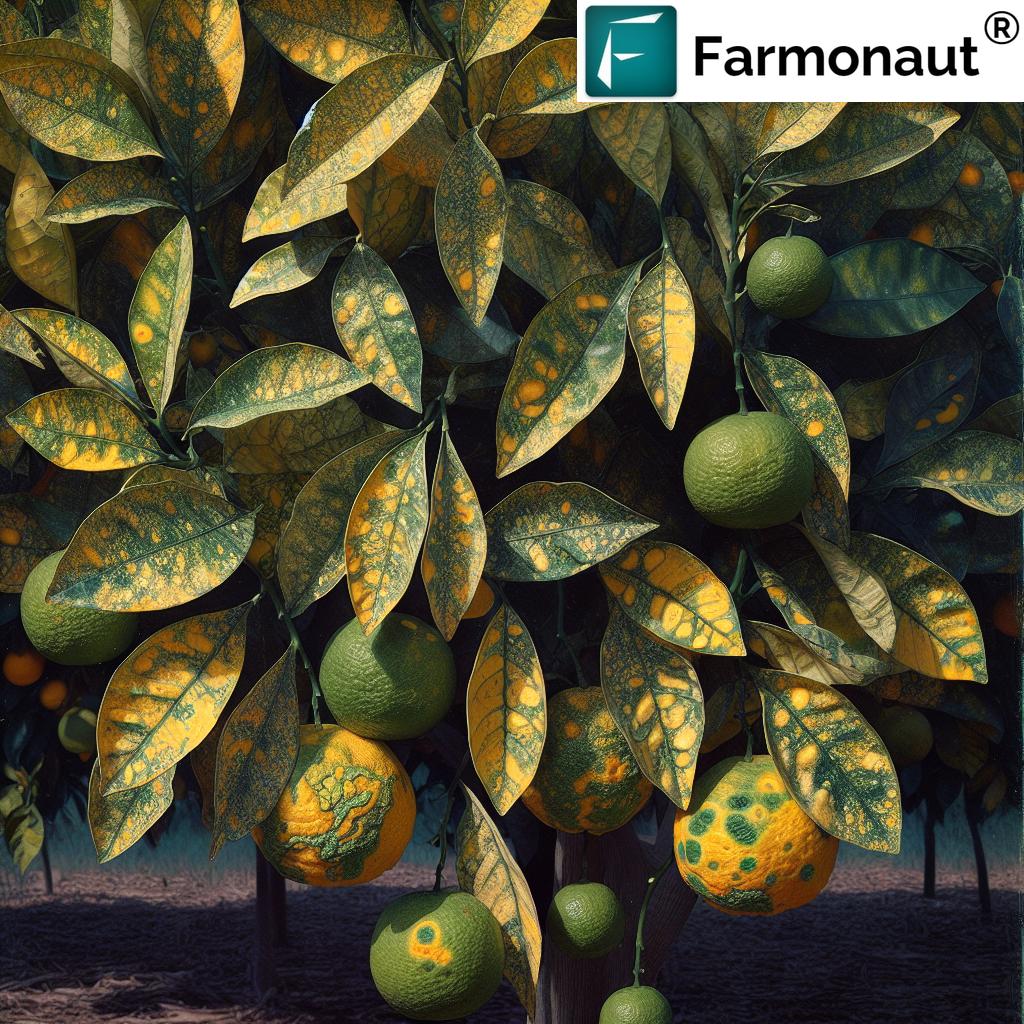Tupelo Tree: Key Benefits for Southeastern US Forests
Meta Description: Explore the key benefits of Tupelo trees for Southeastern US forests in 2025, focusing on climate resilience, wetland health, ecological and economic value, and sustainable forestry practices.
“Tupelo trees can store up to 18 kilograms of carbon per year, aiding climate mitigation in Southeastern US forests.”
Table of Contents
- Summary: The Tupelo Tree in Forestry and Sustainability
- Botanical Characteristics and Natural Habitat of Tupelo
- Ecological Importance & Unique Environmental Benefits
- Forestry and Economic Value of the Tupelo Tree
- Climate Resilience, Wetland Restoration, and Floodplain Management
- Comparative Benefit Table
- Modern Technology for Sustainable Tupelo Management
- Challenges & Future Prospects for Tupelo Forestry
- Frequently Asked Questions
- Conclusion: Prioritizing Tupelo Tree Conservation
Summary: The Tupelo Tree in Forestry and Environmental Sustainability in 2025
The tupelo tree (belonging mostly to the genus Nyssa) remains an essential resource in sustainable forestry, with profound ecological, economic, and climate significance as we look ahead to 2026 and beyond.
Its unique blend of adaptability, rapid growth, and ecosystem services ensures a prominent place for tupelo in the conservation of wetlands, floodplains, and Southeastern US forests.
This article delves into the vital role of the tupelo in wetland resilience, biodiversity, carbon sequestration, and sustainable timber management, highlighting its growing importance in forestry and climate change mitigation projects.
Botanical Characteristics and Natural Habitat of the Tupelo Tree
The tupelo tree, recognized primarily in the genus Nyssa, exhibits exceptional adaptability—a trait that defines its ecological and economic importance in the Southeastern United States. Most of the tupelo species are native to the region, where hot, humid climates favor their rapid growth and sustained health.
Some of the most noteworthy species include:
- Water Tupelo (Nyssa aquatica): Thrives in swampy, waterlogged soils, often found in floodplains and low-lying wetlands across the southern US.
- Black Tupelo (Nyssa sylvatica): Favors slightly drier, upland regions, yet still displays strong tolerance to occasional flooding and variable water levels.
The exceptional adaptability of these trees enables them to survive where many other species struggle, especially in ecosystems threatened by climate change–driven water regime shifts. By thriving in waterlogged or swampy conditions, the tupelo continues to play a crucial role in maintaining wetland integrity, supporting the long-term health and sustainability of both natural wetlands and managed forests.
Key Botanical Features
- Genus: Nyssa (family: Nyssaceae)
- Growth Habit: Medium to tall deciduous trees, often 20–30 meters in height at maturity
- Leaves: Glossy green, simple, and alternately arranged, turning vibrant orange-red in autumn for many species
- Flowers: Small, pale, and inconspicuous but exceptionally rich in nectar—making them a magnet for bees
- Fruit: Small, blue-black drupes, consumed by a variety of wildlife and migrating birds
- Root System: Adapted to variable water tables, often deep and widespread for stabilizing saturated soils
These botanical characteristics empower the tupelo tree to fill ecological niches that are increasingly vital for climate resilience, habitat stability, and wildlife diversity in Southeastern US forests in 2025 and beyond.
Ecological Importance & Unique Environmental Benefits of Tupelo Trees
The ecological importance of the tupelo tree is widely recognized, especially in relation to wetland stability, water quality, and biodiversity. In 2025, as environmental priorities shift towards nature-based climate solutions, tupelo’s role as a keystone species for wildlife, aquatic health, and ecosystem integrity cannot be overstated.
Tupelo as a Keystone Species in Southeastern US Wetlands
- Soil Stabilization: Tupelo roots are instrumental in stabilizing soils along riverbanks and floodplains, actively reducing erosion from seasonal or extreme flooding.
- Water Quality: Acting as natural filters, tupelos trap excess sediments and nutrients from inland runoff, keeping these pollutants out of aquatic systems and improving downstream water quality.
- Biodiversity Hotspots: Tupelo wetlands are home to diverse wildlife—including amphibians, reptiles, and a multitude of bird species—providing vital food sources and breeding habitat.
- Floodplain Ecosystem Engineering: The presence of tupelo trees helps maintain ideal hydrological conditions, promoting healthier floodplain ecosystems and more resilient wetlands.
“In 2025, tupelo wetlands support over 150 bird species, boosting regional biodiversity and habitat resilience.”
Vital Nectar Source for Pollinators and Tupelo Honey
- Nectar Production: Tupelo flowers are a highly prized nectar source for bees. Their abundant nectar is essential for local pollinator populations, ensuring healthy forest and agricultural ecosystems.
- Tupelo Honey: The unique flavor and natural resistance to crystallization make tupelo honey one of the most esteemed monofloral honeys in the United States. Its rarity and high quality generate economic and ecological benefits simultaneously.
- Support for Broader Productivity: By supporting bees and other pollinators, tupelo also contributes to greater agricultural productivity in surrounding rural communities.
For organizations and producers seeking traceability in honey and agricultural products, Farmonaut’s traceability platform (learn more) leverages satellite and blockchain technology to ensure authenticity, quality, and source transparency right from forest edge and bee yards to market.
Habitat and Wildlife Support in Tupelo Ecosystems
- Food Source: The small berry-like fruits of the tupelo are consumed by dozens of bird and mammal species, especially important during migration and seasonal population shifts.
- Refuge & Nesting Sites: The dense canopy and moist soils of tupelo stands provide nesting, foraging, and shelter opportunities that are increasingly scarce in more developed or altered landscapes.
- Integral Ecosystem Services: By maintaining robust populations of birds, amphibians, and pollinators, tupelo forests help underpin biodiversity and overall ecosystem health.
Water Regulation & Flood Risk Reduction
- Natural Water Storage: Tupelo wetlands serve as sponges during heavy rainfall or hurricane season, holding and slowly releasing water to reduce downstream flooding risks.
- Floodplain Stability: Tupelo trees help maintain hydrological equilibrium, buffering the impacts of climate-driven storm events that are increasingly common in 2026 and beyond.
Forestry and Economic Value of the Tupelo Tree
Tupelo’s economic importance in the forestry sector, while more niche than species like pine or oak, is increasingly recognized in 2025 and beyond for its sustainability credentials and multiple value streams.
Tupelo Timber: Unique Characteristics and Niche Market Appeal
- Wood Properties: Tupelo wood is lightweight yet strong, with a moderately hard texture and easy workability using modern machinery.
- Primary Uses: Common in veneer, furniture backs, cabinetry, woodenware, and wooden crafts requiring lightness with durability.
- Valued for Specialty Products: Tupelo wood’s “carvability” makes it a favorite among woodcarvers (e.g., decoy makers) and niche artisans throughout the Southeastern United States.
- Sustainable Harvesting: The growing demand for verified sustainable products increases focus on responsible tupelo timber management.
Smart, data-driven plantation management is now a necessity in modern forestry. Our plantation and forest advisory solution (see features) uses satellite monitoring to help track tree health, optimize planting, and maximize timber value—accelerating both economic returns and ecosystem service enhancement.
Tupelo Honey: A Valuable Regional Specialty
- Economic Driver for Local Communities: The production of tupelo honey supports beekeepers and rural economies in Florida, Georgia, and surrounding states.
- Brand Value: Because of its scarcity, distinct flavor, and remarkable quality, tupelo honey often fetches premium prices in national markets.
- Synergy Through Pollination: The ongoing existence of healthy tupelo populations is intertwined with robust pollinator presence and sustainable honey harvests.
Carbon Sequestration and Economic Incentives
- Rapid Growth, High Carbon Storage: Mature tupelo trees can store up to 18 kg (2.5 tons CO₂) per tree per year, making them attractive for carbon credit and offset initiatives.
- Reforestation Projects: Tupelo reforestation projects across the southeastern US help enhance carbon sequestration capacity, boosting climate mitigation efforts and opening pathways to new economic incentives for landowners.
Farms, forest managers, and businesses focusing on sustainability can accurately measure carbon impacts with Farmonaut’s Carbon Footprinting platform (learn more). This leverages satellite imagery and AI analytics to quantify sequestration, track progress, and support carbon offset claims for tupelo plantation projects.
Emerging Use Cases in Ecosystem Service Markets
- Payments for Ecosystem Services (PES): Innovative forestry programs reward landowners for wetland restoration, habitat conservation, and carbon sequestration.
- Markets for Verified Sustainable Timber and Honey: Traceability and independent verification are becoming non-negotiable in supply chains—helped by Farmonaut’s traceability solutions.
Flood Prevention: Long-Term Economic Savings
- By stabilizing riverbanks and storing water, healthy tupelo wetlands prevent costly flooding damages to agricultural and developed lands downstream.
- In the long term, investment in tupelo conservation can equate to millions in avoided losses annually across vulnerable counties in the US Southeast.
For conservation and large-scale forestry management, Farmonaut’s farm management platform (explore product) offers satellite-based monitoring for wetlands and large tupelo forest tracts, enabling efficient resource allocation, flood risk mapping, and operational oversight for sustainable development.
Climate Resilience, Wetland Restoration, and Floodplain Management
As extreme weather and climate change intensify, maintaining and restoring tupelo-dominated wetlands is becoming paramount for both natural resilience and economic protection throughout the Southeastern United States.
Tupelo’s Adaptability: Key to Climate-Resilient Forestry
- Tolerance of Flooding and Drought: The tupelo tree’s physiological flexibility means it can survive prolonged inundation as well as drier cycles—making it crucial as insurance against climate variability.
- Integration into Mixed-Species Plantings: In 2025-2026, forestry scientists increasingly recommend tupelo for restoration projects and species diversity in flood-prone landscapes, reducing the risks of catastrophic dieback after climate extremes.
- Buffer Against Natural Disasters: Tupelo-rich wetlands act as shock absorbers for both urban and agricultural zones, protecting property, reducing insurance losses, and sustaining ecosystem services after hurricanes and storm surges.
Wetland Management and Restoration Projects: Practical Steps Forward
- Land managers are reestablishing tupelo populations on degraded sites to strengthen watershed health and boost biodiversity.
- Flood control districts and conservation groups invest in tupelo replanting along rivers and floodplains to create more resilient and sustainable waterscapes.
- Advanced monitoring tools are leveraged to evaluate growing conditions, predict hydrological shifts, and optimize species selection for restoration success.
Comparative Benefit Table: Tupelo Tree in Southeastern US Forests
| Benefit Category | Tupelo Tree Contribution | Relevance for Southeastern US Forests |
|---|---|---|
| Wetland Resilience | Stabilizes soils, prevents erosion during flooding, and maintains hydrological balance | Supports hurricane/flood resilience and long-term water management strategies |
| Carbon Sequestration | Sequesters estimated 2.5 tons CO₂/year per mature tree (up to 18 kg carbon/year/tree) | Reduces greenhouse gas emissions and aids climate targets under 2026 regulations |
| Habitat Support | Hosts over 150 bird species, diverse amphibians, pollinators, and mammals | Bolsters biodiversity and regional ecosystem health for endangered species |
| Water Quality | Filters excess nutrients, sediments, and pollutants; improves aquatic systems | Enhances drinking water safety and aquatic life in downstream communities |
| Economic Value | Timber, niche specialty wood, premium honey products, and carbon credits | Supports rural livelihoods and develops sustainable supply chains within the region |
| Natural Disaster Reduction | Buffers against hurricanes and reduces flood insurance claims | Safeguards property and infrastructure in vulnerable coastal areas |
Modern Technology for Sustainable Tupelo Management & Forest Monitoring
The integration of advanced technologies now stands at the forefront of sustainable forestry and wetland management in the US Southeast.
Satellite Technology and AI for Ecosystem Health
- Remote Sensing for Forest Health: Satellite imagery enables the assessment of tupelo stands’ vitality, hydrology, and impacts of climate-driven disturbances.
- Real-Time Advisory Systems: Innovations like AI-based recommendations help land managers optimize planting density, identify disease or pest outbreaks, and adjust for flood risks efficiently.
- Blockchain Traceability: Ensures the authenticity and transparency of sustainable timber and honey products from tupelo-based supply chains.
- Environmental Impact Tracking: Accurate, ongoing quantification of carbon sequestration, nutrient cycling, and water-filtering abilities supports better management and reporting.
At Farmonaut, we support the move towards sustainable ecosystem management with comprehensive carbon tracking tools, API integrations, and fleet/resource management platforms for forestry vehicles and field equipment. Our real-time insights empower both local landowners and regional authorities to make data-driven decisions that increase climate resilience while improving operational efficiency.
Developers and organizations can also leverage our API Developer Docs for integrating satellite-based tupelo monitoring directly into their existing forestry management systems.
Challenges & Future Prospects for Tupelo Forestry
The path forward for tupelo conservation and expanding its role in sustainable forestry and wetland resilience is not without obstacles. However, solutions are emerging to overcome current challenges and harness the potential of this vital species beyond 2026.
Key Challenges in Tupelo Resource Management
- Habitat Loss & Urbanization: Ongoing land conversion for urban, industrial, and agricultural uses reduces available habitat for native tupelo trees.
- Invasive Species: Exotic plant and animal invasions threaten the health and regeneration of tupelo-dominated wetlands and forests.
- Pest, Disease, and Changing Water Regimes: Pests (such as the Ambrosia beetle) and diseases, exacerbated by climate change, can impact tree health and regeneration rates.
- Regulatory Gaps: Inconsistent enforcement of wetland protection laws may allow unsustainable harvesting or drainage of crucial floodplain habitats.
Future Directions: Genetic Research and Innovative Silviculture
- Improved Tupelo Varieties: Ongoing genetic selection efforts aim to breed tupelo trees that exhibit even greater tolerance for disease, pests, and flooding.
- Restoration Science: Modern wetland restoration incorporates comprehensive satellite data, soil mapping, and ecological modeling to ensure high survival rates and structural ecosystem recovery.
- Policy and Incentives: Regional and federal policy development is increasingly rewarding landowners for maintaining or restoring tupelo habitats, aligning economic incentives with sustainability goals.
Innovation, combined with robust satellite data and sustainable management practices, will be crucial in ensuring that the tupelo tree maintains its prominent ecological and economic position across the Southeastern United States through 2026 and beyond.
Frequently Asked Questions – Tupelo Tree, Forestry, and Sustainability
What is the primary focus keyword for this article?
The primary focus keyword is tupelo tree, reinforced by secondary keywords such as forestry, climate, wetland, sustainable, ecological, and Southeastern United States.
Why are tupelo trees considered vital for Southeastern US forests?
Tupelo trees are keystone species for wetland resilience, soil stabilization, habitat support, and carbon sequestration. Their unique adaptability ensures the persistence of essential ecosystem services for the region’s climate goals and economic sustainability.
How do tupelo trees enhance climate resilience?
Their rapid growth, flood/drought tolerance, and high carbon storage capacity enable tupelos to buffer climate impacts, providing protection from flooding and hurricanes while reducing net carbon emissions.
What are the main economic uses of tupelo trees?
Tupelo trees are valued for specialty wood products, premium tupelo honey, sustainable timber, and carbon sequestration credits—each supporting rural livelihoods and new market opportunities with transparency and traceability.
How can technology support tupelo forestry projects?
Technologies like carbon footprinting, satellite-based large-scale management, resource/fleet management, and blockchain traceability facilitate real-time tracking, efficiency, and transparency across all stages of tupelo forestry and restoration projects.
What are the main challenges facing tupelo populations?
Habitat loss, invasive species, pest/disease outbreaks, inconsistent policies, and climate-driven water changes are key threats. Future solutions include improved genetic stock, more precise restoration practices, and better regulatory enforcement.
How can landowners and organizations participate in tupelo-based conservation and carbon projects?
By engaging in reforestation, adopting sustainable forest management plans, and leveraging modern data-driven solutions like Farmonaut’s advisory and monitoring tools, participants can access carbon credits, PES programs, and specialty crop markets while contributing to regional sustainability.
Conclusion: Prioritizing Tupelo Tree Conservation for Sustainable Southeastern US Forests
The tupelo tree is indeed an essential resource in forestry and environmental stewardship as we approach and surpass 2026. Its multifaceted role in supporting wetland health, stabilizing floodplains, bolstering biodiversity, advancing climate resilience, and providing unique economic value (from timber and honey to carbon credits) makes it invaluable for the future of Southeastern US forests.
As sustainable practices and advanced technology systems like those offered by Farmonaut become more widely implemented, we can expect the tupelo to continue thriving in both natural habitats and managed landscapes, driving nature-positive impacts and economic prosperity hand-in-hand.
Stakeholders—including forestry professionals, landowners, conservationists, and the public—should invest in tupelo tree conservation and science-based management approaches to ensure this unique species remains pivotal for environmental, societal, and economic health in 2026 and beyond.















